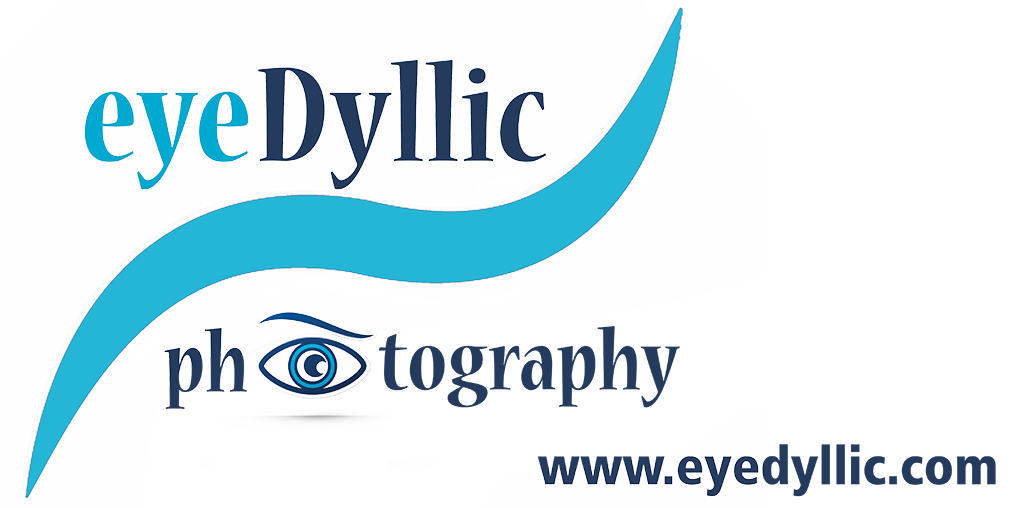NEO Astrophotography Experiment - The Moon as Seen by an iPhone 6, Lumia 1020 and A7r
/This is very subjective. Of those below, which image do you prefer?
 The moon, as seen by the Sony A7R in Cassegrain Focus
(Click here for Full Res)
The moon, as seen by the Sony A7R in Cassegrain Focus
(Click here for Full Res)
 The moon, as seen by the Lumia 1020 through Eyepiece Projection
(Click here for Full Res)
The moon, as seen by the Lumia 1020 through Eyepiece Projection
(Click here for Full Res) The moon, as seen by the iPhone 6 in Eyepiece Projection
(Click here for Full Res)
The moon, as seen by the iPhone 6 in Eyepiece Projection
(Click here for Full Res)This mostly applies to near-earth-object photography, the moon, planets, etc. Deep Sky Photography is a different endeavor, as previously mentioned: http://www.graffitivisuals.com/blog/2014/9/1/astrophotography-that-mortals-can-understand
I decided to embark on a very unscientific experiment last week. When I stepped up the primary optical tube a couple months ago, I decided I'd sell my trusty Meade ETX 125 but I'd send it off to have it serviced, first.
It returned last week from a thorough cleaning and inspection and I took it out for one-last-dance to make sure everything is Kosher with it before listing it for sale on Craigslist.
(In fact it is still for sale at the time of this post, anyway.)
http://mobile.craigslist.org/ele/4702647753.html
But, I digress, this is not a commercial :)
So, the experiment was simple: Of these few available imaging gadgets, when paired with the Meade ETX 125 which grabbed the best images of the Waxing Gibbous moon?
First, the A7R.. So, the A7r *should* have had a tremendous advantage over the other two methods, simply by being in Cassegrain Focus (shooting prime through the telescope instead of through an eyepiece) and by being a generally kick-ass camera.
But, it really didn't 'kill it'. I think a bit of this relates to shutter curtain shake with the A7r when mounted on this smaller telescope. At preview-size it seems sharp but at full-resolution, you can see some softness, especially in the craters along the bottom-right. Surprisingly, the f15 shot isn't consistently sharp across the frame, which could very well be the small aperture of the telescope but was a surprising result (to me, anyway) nonetheless. EFCS (Electronic First Curtain Shutter) would have prevented this softness most likely.
Still, I'm not hating on the A7r. It is still by far the best camera I've ever used (for my types of photography.)
Next, the Lumia 1020. The Lumia 1020 *should* also have some powerful advantages. The 38 effective megapixels, RAW image capability and manual controls in the software and lack of shutter curtain shake *should* make it the stand-out winner.
I must admit that I really can't stand the Nokia Camera App on Windows 8.x. Whenever people try to represent a dial-based interface on a touch screen, it seems to turn out bad.
So, aside from hating the user interface, the Lumia 1020 did give me a nice chunky .dng RAW file to work with. Still, the Lumia 1020 also seems to loose definition in the craters, even at preview-image sizes and it creates noisy images. I would be apt to blame some of these shortcomings on the smaller telescope tube but it isn't the tube, it is some combination of sensor and file-processing.
(these RAW images were not tweaked in Lightroom aside from cropping)
Finally, the iPhone 6. I will freely admit that when an Apple executive stands on stage and does a keynote, describing advances in photography with terms like "more photons!" or "now with focus pixels" that my general response is, "What the heck is a focus pixel?" and I throw popcorn at the monitor. But hey, those people at the fruit-company do make some nice things.
The straight JPEG out of the iPhone is my favorite of this group. The bits that need clarity and definition (the craters) have it while the bits that need smoothness and uniformity, have it. Of course, that super-low expanded ISO doesn't hurt.
The iOS camera app hides the manual features but still gives you the power to do timer-based shooting, batches of shots and makes exposure compensation easy enough. I wish it gave me a RAW file but that isn't in Apple's philosophy.
... Of course this wasn't a purely scientific approach in that different ISO is used, some were RAW and one was JPEG. Different exposure times were even used and then there is the whole camera shake bit.
But, in an anecdotal test of being out with the telescope and wondering, "hey which one of these will be best suited for near-earth-object astrophotography?", I was a little surprised by the results, personally.
Which result would YOU choose?

